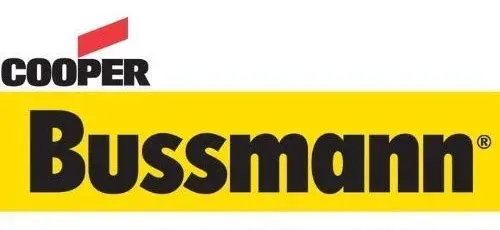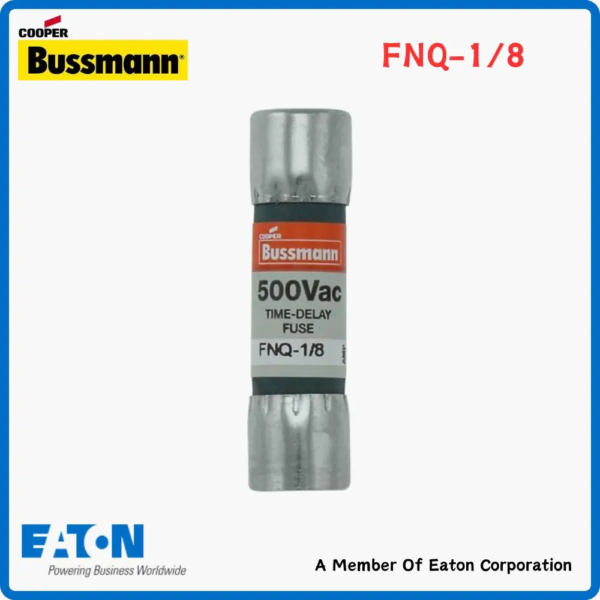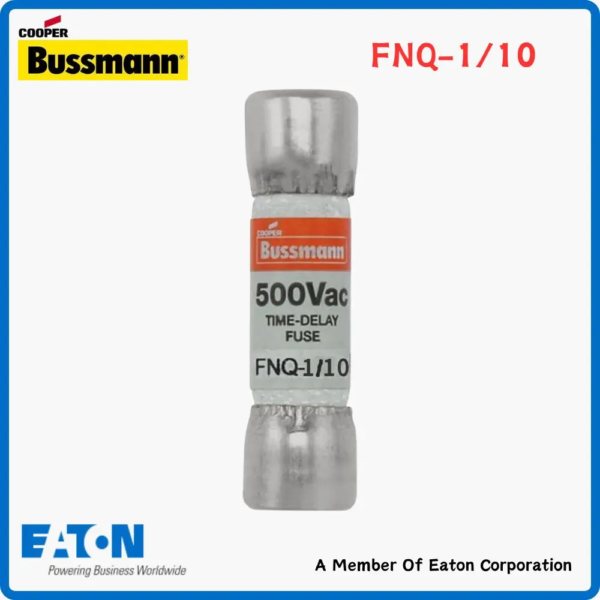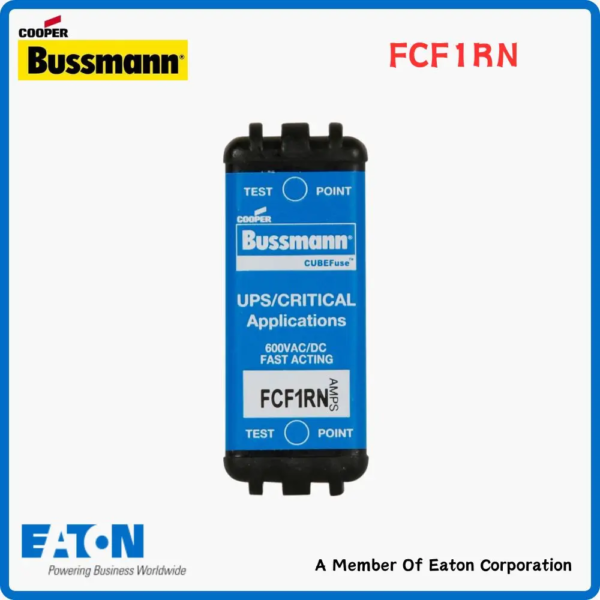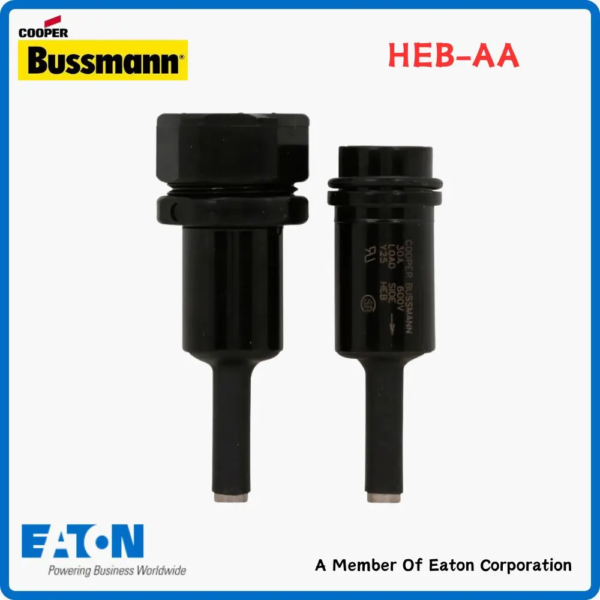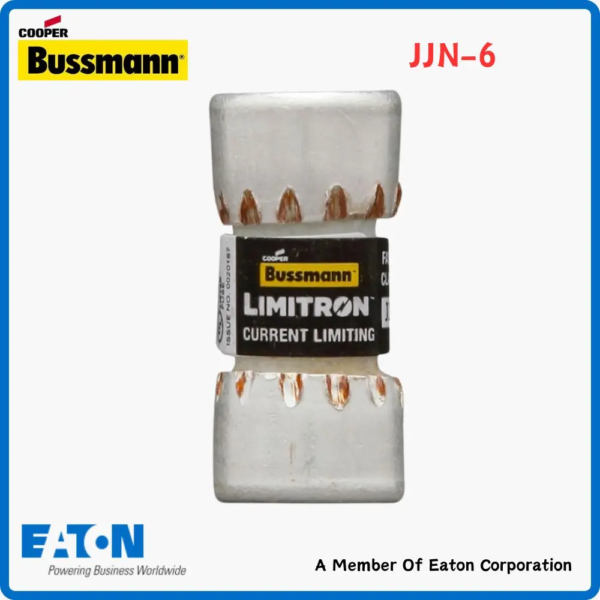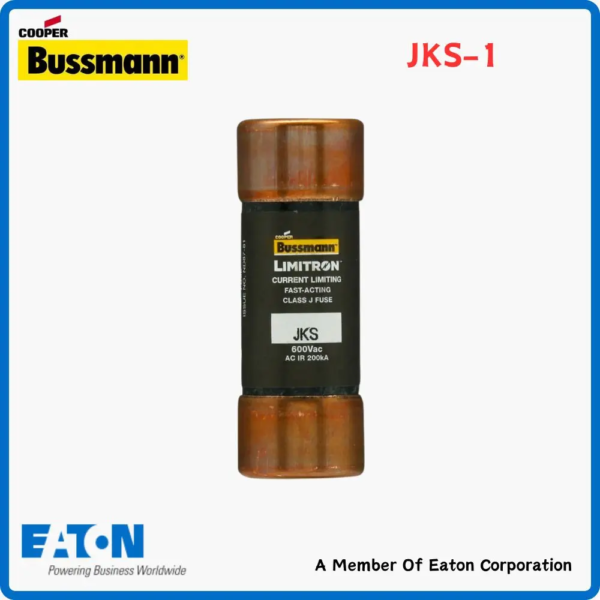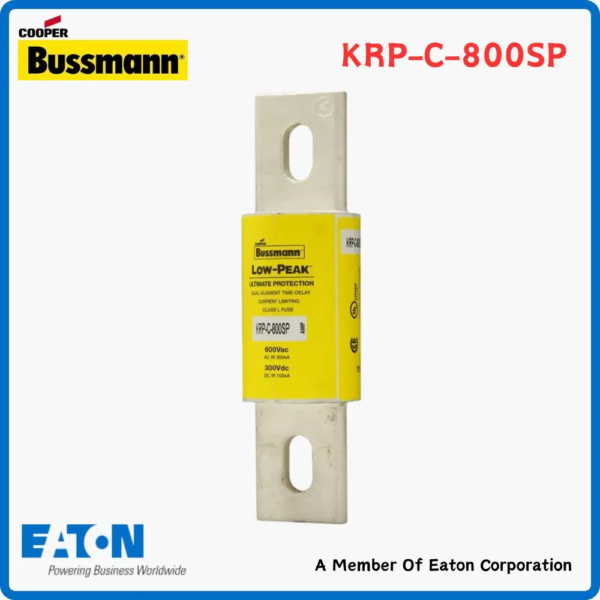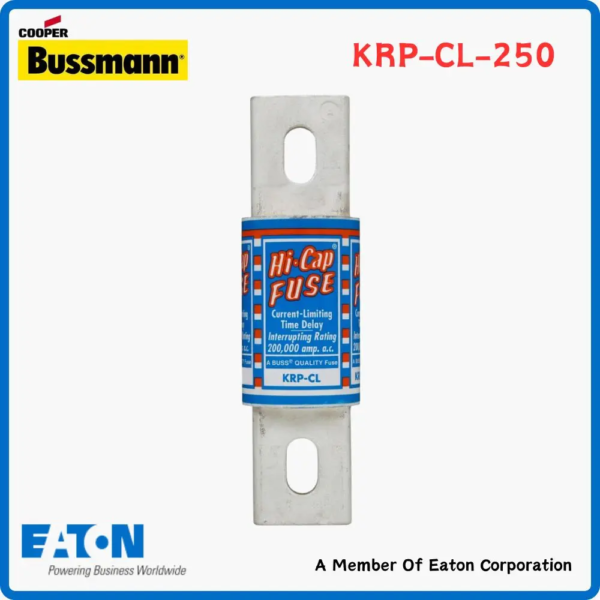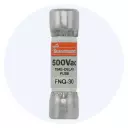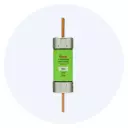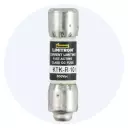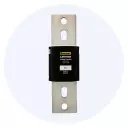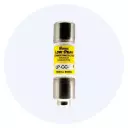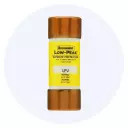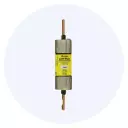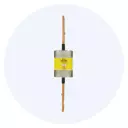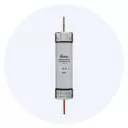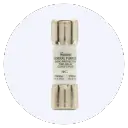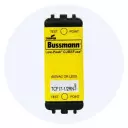Bussmann FNQ Fuses
“Eaton Bussmann HEB-AA Inline Fuse Holder” has been added to your cart. View cartEaton Bussmann FNQ-1/8 Low Voltage Fuse
Rated 5.00 out of 5In stock
$16.74EachSKU: FNQ-1/8Weight 0.175 lbs Dimensions 0.01138889 × 0.01138889 × 0.04166667 yd Brand Eaton Bussmann
Eaton-Bussmann, with its headquarters in St. Louis, Missouri, is a division of Eaton Corporation that specializes in the production of circuit protection products. These products are designed for use in the electrical, electronic, and automotive industries, both domestically and on a global scale. The company boasts a strong manufacturing network with facilities located in three domestic and six international locations, reflecting its commitment to serving customers worldwide. With a team of approximately 3,000 employees, Eaton-Bussmann is well-positioned to meet the ever-evolving needs of its customers in the electrical protection industry.
Eaton stands as a forward-thinking leader in power management, focused on enhancing lifestyles and safeguarding the planet. Leveraging the worldwide momentum of electrification and digital innovation, they propel the global shift towards renewable energy, addressing pressing power management issues on a global scale.Product type Low Voltage Fuse
Voltage 500 Volt
Eaton Bussmann FNQ-R-1/10 Low Voltage Fuse
Rated 5.00 out of 5In stock
$11.33EachSKU: FNQ-R-1/10Weight 0.175 lbs Dimensions 0.01138889 × 0.01138889 × 0.04166667 yd Brand Eaton Bussmann
Eaton-Bussmann, with its headquarters in St. Louis, Missouri, is a division of Eaton Corporation that specializes in the production of circuit protection products. These products are designed for use in the electrical, electronic, and automotive industries, both domestically and on a global scale. The company boasts a strong manufacturing network with facilities located in three domestic and six international locations, reflecting its commitment to serving customers worldwide. With a team of approximately 3,000 employees, Eaton-Bussmann is well-positioned to meet the ever-evolving needs of its customers in the electrical protection industry.
Eaton stands as a forward-thinking leader in power management, focused on enhancing lifestyles and safeguarding the planet. Leveraging the worldwide momentum of electrification and digital innovation, they propel the global shift towards renewable energy, addressing pressing power management issues on a global scale.Product type Low Voltage Fuse
Voltage 500 Volt
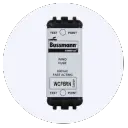 Bussmann WCF Fuses
Bussmann WCF Fuses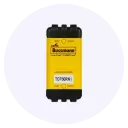 Bussmann FCF Fuses
Bussmann FCF Fuses
Eaton Bussmann Series UL Class CF, FCF 1RN Fuse
Rated 5.00 out of 5In stock
$79.99SKU: FCF1RNBrand Eaton Bussmann
Eaton-Bussmann, with its headquarters in St. Louis, Missouri, is a division of Eaton Corporation that specializes in the production of circuit protection products. These products are designed for use in the electrical, electronic, and automotive industries, both domestically and on a global scale. The company boasts a strong manufacturing network with facilities located in three domestic and six international locations, reflecting its commitment to serving customers worldwide. With a team of approximately 3,000 employees, Eaton-Bussmann is well-positioned to meet the ever-evolving needs of its customers in the electrical protection industry.
Eaton stands as a forward-thinking leader in power management, focused on enhancing lifestyles and safeguarding the planet. Leveraging the worldwide momentum of electrification and digital innovation, they propel the global shift towards renewable energy, addressing pressing power management issues on a global scale.Product type Fuse
Voltage 600 Volt
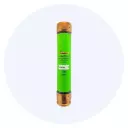 Bussmann FRS Fuses
Bussmann FRS Fuses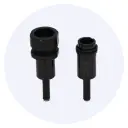 Bussmann HEB-AA Fuse
Bussmann HEB-AA Fuse
Eaton Bussmann HEB-AA Inline Fuse Holder
Rated 5.00 out of 5In stock
$18.99SKU: 504-HEB-AA-2Brand Eaton Bussmann
Eaton-Bussmann, with its headquarters in St. Louis, Missouri, is a division of Eaton Corporation that specializes in the production of circuit protection products. These products are designed for use in the electrical, electronic, and automotive industries, both domestically and on a global scale. The company boasts a strong manufacturing network with facilities located in three domestic and six international locations, reflecting its commitment to serving customers worldwide. With a team of approximately 3,000 employees, Eaton-Bussmann is well-positioned to meet the ever-evolving needs of its customers in the electrical protection industry.
Eaton stands as a forward-thinking leader in power management, focused on enhancing lifestyles and safeguarding the planet. Leveraging the worldwide momentum of electrification and digital innovation, they propel the global shift towards renewable energy, addressing pressing power management issues on a global scale.Product type Fuse
Voltage 600 Volt
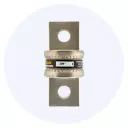 Bussmann JJN Fuses
Bussmann JJN Fuses
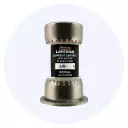 Bussmann JJS Fuses
Bussmann JJS Fuses
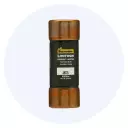 Bussmann JKS Fuses
Bussmann JKS Fuses
Eaton Bussmann Fuse JKS-1 Low Voltage Fuse
Rated 5.00 out of 5In stock
$13.99SKU: JKS-1Brand Eaton Bussmann
Eaton-Bussmann, with its headquarters in St. Louis, Missouri, is a division of Eaton Corporation that specializes in the production of circuit protection products. These products are designed for use in the electrical, electronic, and automotive industries, both domestically and on a global scale. The company boasts a strong manufacturing network with facilities located in three domestic and six international locations, reflecting its commitment to serving customers worldwide. With a team of approximately 3,000 employees, Eaton-Bussmann is well-positioned to meet the ever-evolving needs of its customers in the electrical protection industry.
Eaton stands as a forward-thinking leader in power management, focused on enhancing lifestyles and safeguarding the planet. Leveraging the worldwide momentum of electrification and digital innovation, they propel the global shift towards renewable energy, addressing pressing power management issues on a global scale.Product type Low Voltage Fuse
Voltage 600 Volt
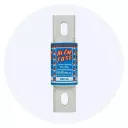 Bussmann KRP Fuses
Bussmann KRP Fuses
Bussmann Fuse Selection and Application Guide
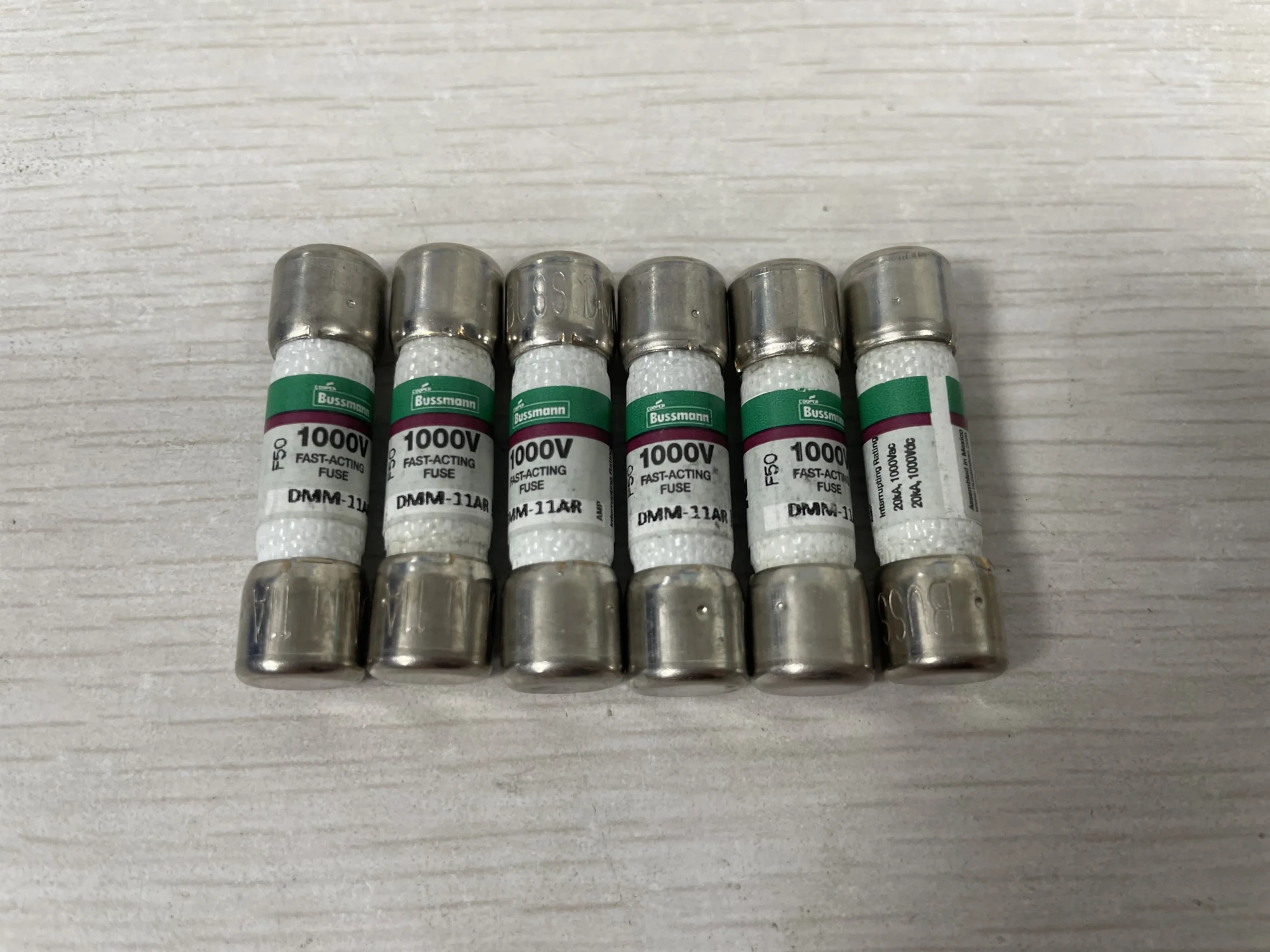
Introduction to Bussmann Fuse Selection and Application Guide
In the realm of electrical engineering and circuit protection, the selection and application of fuses are critical to ensure the safe and efficient operation of electrical systems. Bussmann, a renowned brand under the Eaton umbrella, offers a comprehensive range of fuse products and solutions designed to protect circuits from damage caused by overcurrent and overvoltage conditions. This guide is intended to provide an in-depth exploration of the Bussmann Fuse Selection and Application Guide, outlining the key parameters, specifications, uses, and precautions associated with these essential components.
Understanding Bussmann Fuse Products
Eaton Bussmann’s product portfolio is diverse, catering to various industries and applications. Their fuse products can be broadly categorized into three main areas:
- Power: This includes a wide range of fuses such as North American fast-blow fuses, IEC standard fuses, American standard cylindrical fuses, and European standard square fast-blow fuses, among others. These fuses are designed for use in low-voltage applications and are certified by regulatory bodies such as UL and CSA.
- Electronics: Bussmann’s electronic fuses include chip fuses, ESD suppressors, supercapacitors, power inductors, and glass/ceramic tube fuses. These components are crucial for protecting sensitive electronic circuits from overcurrent conditions.
- Transportation: Specifically designed for the automotive and transportation sectors, these products include low-voltage distribution boxes, video control systems, remote monitoring systems, and automotive fuses.
Key Considerations for Fuse Selection
The process of selecting the appropriate fuse for a specific application involves several critical factors. Engineers and designers must consider the following parameters to ensure the chosen fuse meets the operational requirements and safety standards:
- Current Rating: The fuse must be rated for the maximum current that the circuit is expected to carry under normal conditions.
- Voltage Rating: The voltage rating of the fuse should match or exceed the maximum voltage present in the circuit.
- Response Time: Depending on the application, a fast-acting or time-delay fuse may be required. Fast-acting fuses are designed to open quickly in response to an overcurrent condition, while time-delay fuses allow for temporary inrush currents without opening.
- Ambient Temperature: The operating temperature range of the fuse is crucial, as high temperatures can affect the fuse’s performance and lifespan.
Application Guide
Applying Bussmann fuses in electrical circuits requires careful consideration of the circuit’s design and the fuse’s specifications. The following steps provide a general guide for the application of fuses:
- Circuit Analysis: Understand the circuit’s requirements, including the expected current and voltage levels, and any transient conditions that may occur.
- Fuse Selection: Based on the circuit analysis, select a fuse! that matches the required current and voltage ratings, and has the appropriate response time.
- Installation: Ensure the fuse is installed correctly, following the manufacturer’s instructions. This includes proper mounting and connection to prevent overheating and ensure reliable operation.
- Testing and Maintenance: After installation, test the circuit to ensure the fuse operates as expected. Regular maintenance is also necessary to verify the fuse has not been compromised and is still functional.
Precautions and Safety Considerations
The use of fuses in electrical circuits is inherently safe when properly selected and applied. However, there are precautions and safety considerations that must be observed:
- Handling: Fuses should be handled carefully to avoid damage. Never touch electrical components with bare hands, as the oils from skin can compromise the component’s integrity.
- Replacement: Only replace a fuse with one of the correct rating and type. Using a fuse with a higher current rating can lead to fire hazards, while a lower rating may result in unnecessary fuse openings.
- Environmental Conditions: Consider the environmental conditions in which the fuse will operate. Extreme temperatures, humidity, and exposure to chemicals can affect fuse performance.
Conclusion
The Bussmann Fuse Selection and Application Guide offers a comprehensive approach to choosing and applying the right fuse for electrical circuits. By understanding the product parameters, specifications, and application considerations, engineers and designers can ensure their electrical systems are protected against overcurrent and overvoltage conditions, enhancing safety and reliability.
